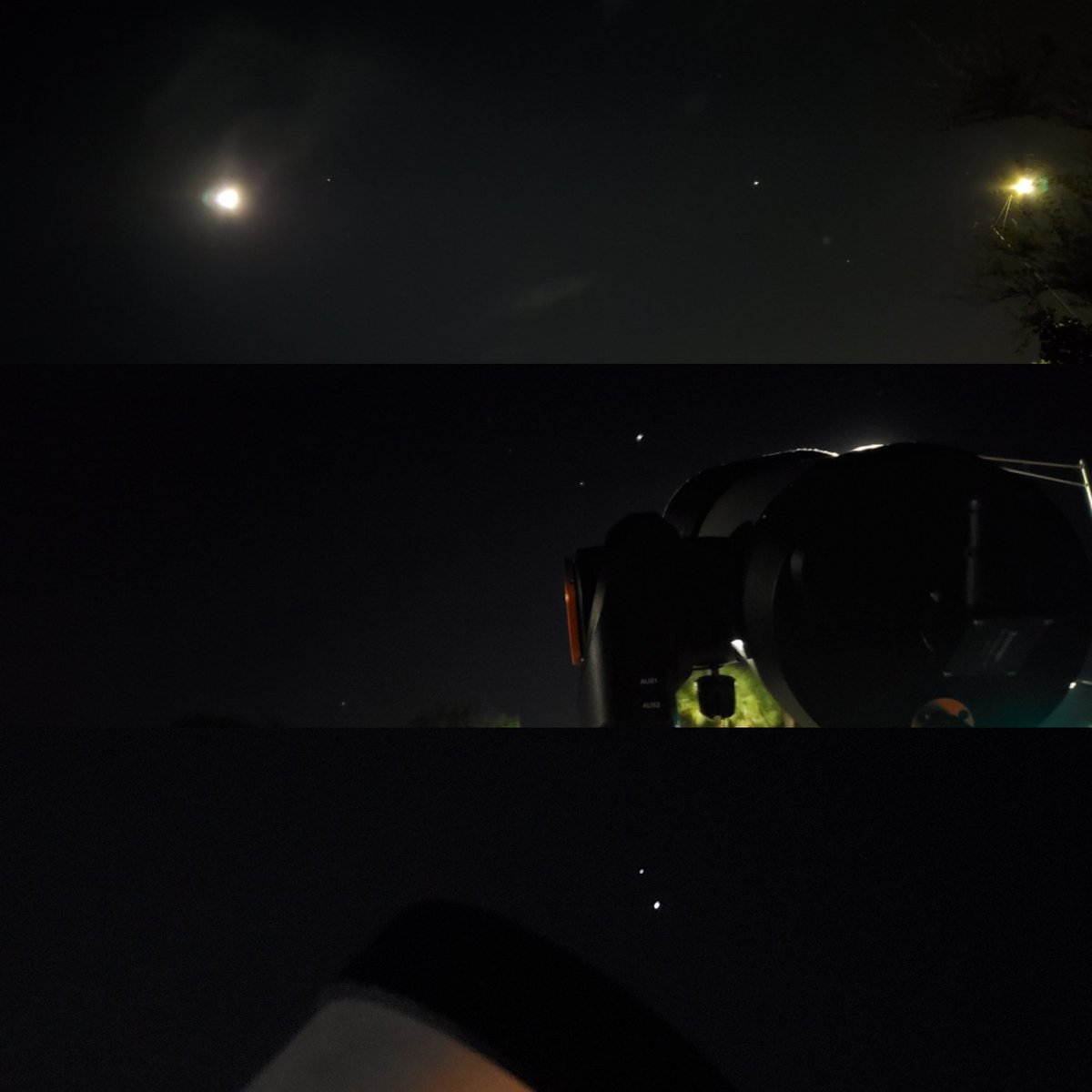
Look up in the sky! Jupiter and Saturn are adorning the western sky for an hour and a half after sunset!
The two gas giants are approaching a conjunction, the geometrical point where they appear to cross paths in the sky relative to the Earth's position space.
The two gas giants are approaching a conjunction, the geometrical point where they appear to cross paths in the sky relative to the Earth's position space.

These two planets last conjoined in 2000, then spread apart, and have been moving noticeably closer for the past several years!
Here is a series of pictures showing them in September 2019, then April 2020, and now. The change in location is extremely visible!l
Here is a series of pictures showing them in September 2019, then April 2020, and now. The change in location is extremely visible!l

Last year, Jupiter slid past the constellation of Scorpius, beginning Summer 2019 above the reddish star Antares on its way through the core of the Milky Way.
Saturn began Summer 2019 above the handle of Sagittarius, to the left of the Milky Way's core.
Saturn began Summer 2019 above the handle of Sagittarius, to the left of the Milky Way's core.
Since December 2019, both planets have slid counterclockwise through the sky, that is, to the left of where we last saw them.
Jupiter has an orbital period of 10 years to Saturn's 29.5, so travels about 3x farther per year relative to our view.
Jupiter has an orbital period of 10 years to Saturn's 29.5, so travels about 3x farther per year relative to our view.
Both planets will vanish in the glare of the Sun in early January 2021, spending about 1 day (ONE DAY!!) behind the Sun, each. As 2021 goes on, they will remain as pre-dawn objects until August.
• • •
Missing some Tweet in this thread? You can try to
force a refresh





